How has your experience as a diver changed your relationship to the ocean, its health, and marine life generally?
I fell in love with the ocean as a small child poking around in tidal pools at Rocky Neck State Park, and started diving when I turned 14, back in 1982. Over the past several decades and several hundred dives, I have had a firsthand look at the damage we have done to our oceans. When I did my graduate work on coral reefs in the early 90s, we were not even being taught about coral bleaching yet. Since then, global warming has driven worldwide bleaching events that have devastated reefs. Watching the decline has been heart breaking, to the point where I can no longer bring myself to visit some of the places I've been because I can't bear to see how much has been lost.
But you fight for what you love. I have spent the last 21 years leading the marine conservation work for Greenpeace USA. I've worked to make the seafood industry more sustainable, to establish networks of ocean sanctuaries, and to stop deep sea mining before it can begin. I've also worked to move us as quickly as possible towards a plastic free future.
Can you share how plastic and microplastics end up in our waterways and ocean? What is the primary driver of this?
Trillions of throwaway plastic packages are produced each year, most of which are used for just a few minutes or even seconds before being discarded. Whether they are part of the small minority of plastics that end up being recycled, if they are land filled, or if they end up discarded as litter, this plastic trash will slowly degrade over the course of decades or even hundreds of years. What starts out as one piece of trash ends up becoming countless micro and nanoplastics, which end up in the food we eat, the water we drink, and the air we breathe. In addition to plastic packaging, tires and synthetic clothing are also huge sources of plastic fibers.
While some of the plastic in the ocean comes from boats, such as fishing gear or garbage tossed or lost from cruise ships and other vessels, the majority originates from land. A large portion flows into the ocean from rivers. I live in Washington DC, where the candy wrappers, plastic bottles, cigarette filters and shopping bags I see on the streets wash down sewer drains into the Anacostia River. From there they flow into the Potomac, and on into the Chesapeake Bay and the Atlantic.
What’s the difference between regular plastic pollution and microplastic pollution, and how do they impact ocean health differently?
Most of us have seen images of sea turtles with straws up their noses, albatross carcasses filled with plastic lighters and bottle caps, or beached whales with stomachs full of plastic bags. These "macroplastics" are very dangerous, and can entangle or choke marine life. Over time, they break up into smaller and smaller pieces, which are eaten by everything from plankton and corals to starfish and sea cucumbers. Once microplastics enter the food chain, they can accumulate in creatures' guts pretty quickly, to the point where they can no longer get the nutrition they need to thrive.
How does solving the issue of plastic fit into a larger goal to improve overall ocean health?
Plastic has pretty quickly become one of the most serious threats to ocean health. We have slowly gotten better at reducing overfishing, and other damaging extractive industries like deep sea mining and offshore drilling are coming under a lot of scrutiny and are hopefully on their way out. But we've put so much plastic into the environment that marine biologists are often becoming plastic scientists. They set out to study one type of marine life, and find that they can't ignore the impacts of plastic on their subjects. As harmful as plastic is to our ocean, though, it's important to remember that the impacts are even greater than that. Plastic is made from fossil fuels, and contributes to climate change. It is a serious environmental justice problem, disproportionately impacting communities of color. And it is a very serious human health issue, exposing us to greater risk of cancer, reproductive health problems, and many other serious impacts.
You've worked on making supermarket seafood more sustainable — tell us about this work and how it’s connected to single use plastic.
We started assessing US supermarkets on the sustainability of their seafood in 2008, and they all failed. It was a real wake up call for the industry, and over the next ten years, we saw a lot of progress on things like bycatch, overfishing, and habitat destruction. They still have a long way to go, but most retailers today are at least making an effort. Unfortunately, we have yet to see as much progress on human rights and labor issues. Commercial fishing is one of the most dangerous jobs in the world, and forced labor and human trafficking are far too common on fishing boats.
Retailers have also failed to address their role in the plastic pollution crisis. Supermarkets point the finger at brands like Coke and Pepsi, which point the finger back at retailers or even their own customers. They are still putting way too much emphasis on recycling rates and recycled content, which is just a distraction from the fact that we simply have to stop making so much plastic. The vast majority of plastic waste will never be recycled. Technically, you can recycle almost anything if you throw enough money, time and carbon at it, but that doesn't mean it makes sense to recycle everything. For plastic, which is already toxic to begin with, recycling makes it even more dangerous by adding new contaminants.
What is giving you hope these days — either recent innovations, policy changes or consumer behavior?
As grim as that all sounds, there is a lot of good news. First, people care about the ocean and are upset about what they are seeing. Increasingly, people are growing aware of the damage plastic pollution is doing to their own health as well, and that is starting to become a game changer. Right now, governments are negotiating a Global Plastics Treaty, which has the potential to reduce plastic production, start protecting us from toxic chemicals, and ban single use plastic. Support is growing for a moratorium on Deep Sea Mining, and we may even see that happen this summer. Enough countries have ratified the Global Ocean Treaty that it will probably enter into force this year, which will be a huge change. For the first time, we will be able to create protected areas in the high seas. This is critical, because sanctuaries are the best tools we have to protect biodiversity, rebuild depleted populations, and give ocean ecosystems the resilience they need to survive plastic pollution, industrial fishing, and climate change. It is going to be a big couple years for the ocean!
How has your experience as a diver changed your relationship to the ocean, its health, and marine life generally?
I fell in love with the ocean as a small child poking around in tidal pools at Rocky Neck State Park, and started diving when I turned 14, back in 1982. Over the past several decades and several hundred dives, I have had a firsthand look at the damage we have done to our oceans. When I did my graduate work on coral reefs in the early 90s, we were not even being taught about coral bleaching yet. Since then, global warming has driven worldwide bleaching events that have devastated reefs. Watching the decline has been heart breaking, to the point where I can no longer bring myself to visit some of the places I've been because I can't bear to see how much has been lost.
But you fight for what you love. I have spent the last 21 years leading the marine conservation work for Greenpeace USA. I've worked to make the seafood industry more sustainable, to establish networks of ocean sanctuaries, and to stop deep sea mining before it can begin. I've also worked to move us as quickly as possible towards a plastic free future.
Can you share how plastic and microplastics end up in our waterways and ocean? What is the primary driver of this?
Trillions of throwaway plastic packages are produced each year, most of which are used for just a few minutes or even seconds before being discarded. Whether they are part of the small minority of plastics that end up being recycled, if they are land filled, or if they end up discarded as litter, this plastic trash will slowly degrade over the course of decades or even hundreds of years. What starts out as one piece of trash ends up becoming countless micro and nanoplastics, which end up in the food we eat, the water we drink, and the air we breathe. In addition to plastic packaging, tires and synthetic clothing are also huge sources of plastic fibers.
While some of the plastic in the ocean comes from boats, such as fishing gear or garbage tossed or lost from cruise ships and other vessels, the majority originates from land. A large portion flows into the ocean from rivers. I live in Washington DC, where the candy wrappers, plastic bottles, cigarette filters and shopping bags I see on the streets wash down sewer drains into the Anacostia River. From there they flow into the Potomac, and on into the Chesapeake Bay and the Atlantic.
What’s the difference between regular plastic pollution and microplastic pollution, and how do they impact ocean health differently?
Most of us have seen images of sea turtles with straws up their noses, albatross carcasses filled with plastic lighters and bottle caps, or beached whales with stomachs full of plastic bags. These "macroplastics" are very dangerous, and can entangle or choke marine life. Over time, they break up into smaller and smaller pieces, which are eaten by everything from plankton and corals to starfish and sea cucumbers. Once microplastics enter the food chain, they can accumulate in creatures' guts pretty quickly, to the point where they can no longer get the nutrition they need to thrive.
How does solving the issue of plastic fit into a larger goal to improve overall ocean health?
Plastic has pretty quickly become one of the most serious threats to ocean health. We have slowly gotten better at reducing overfishing, and other damaging extractive industries like deep sea mining and offshore drilling are coming under a lot of scrutiny and are hopefully on their way out. But we've put so much plastic into the environment that marine biologists are often becoming plastic scientists. They set out to study one type of marine life, and find that they can't ignore the impacts of plastic on their subjects. As harmful as plastic is to our ocean, though, it's important to remember that the impacts are even greater than that. Plastic is made from fossil fuels, and contributes to climate change. It is a serious environmental justice problem, disproportionately impacting communities of color. And it is a very serious human health issue, exposing us to greater risk of cancer, reproductive health problems, and many other serious impacts.
You've worked on making supermarket seafood more sustainable — tell us about this work and how it’s connected to single use plastic.
We started assessing US supermarkets on the sustainability of their seafood in 2008, and they all failed. It was a real wake up call for the industry, and over the next ten years, we saw a lot of progress on things like bycatch, overfishing, and habitat destruction. They still have a long way to go, but most retailers today are at least making an effort. Unfortunately, we have yet to see as much progress on human rights and labor issues. Commercial fishing is one of the most dangerous jobs in the world, and forced labor and human trafficking are far too common on fishing boats.
Retailers have also failed to address their role in the plastic pollution crisis. Supermarkets point the finger at brands like Coke and Pepsi, which point the finger back at retailers or even their own customers. They are still putting way too much emphasis on recycling rates and recycled content, which is just a distraction from the fact that we simply have to stop making so much plastic. The vast majority of plastic waste will never be recycled. Technically, you can recycle almost anything if you throw enough money, time and carbon at it, but that doesn't mean it makes sense to recycle everything. For plastic, which is already toxic to begin with, recycling makes it even more dangerous by adding new contaminants.
What is giving you hope these days — either recent innovations, policy changes or consumer behavior?
As grim as that all sounds, there is a lot of good news. First, people care about the ocean and are upset about what they are seeing. Increasingly, people are growing aware of the damage plastic pollution is doing to their own health as well, and that is starting to become a game changer. Right now, governments are negotiating a Global Plastics Treaty, which has the potential to reduce plastic production, start protecting us from toxic chemicals, and ban single use plastic. Support is growing for a moratorium on Deep Sea Mining, and we may even see that happen this summer. Enough countries have ratified the Global Ocean Treaty that it will probably enter into force this year, which will be a huge change. For the first time, we will be able to create protected areas in the high seas. This is critical, because sanctuaries are the best tools we have to protect biodiversity, rebuild depleted populations, and give ocean ecosystems the resilience they need to survive plastic pollution, industrial fishing, and climate change. It is going to be a big couple years for the ocean!

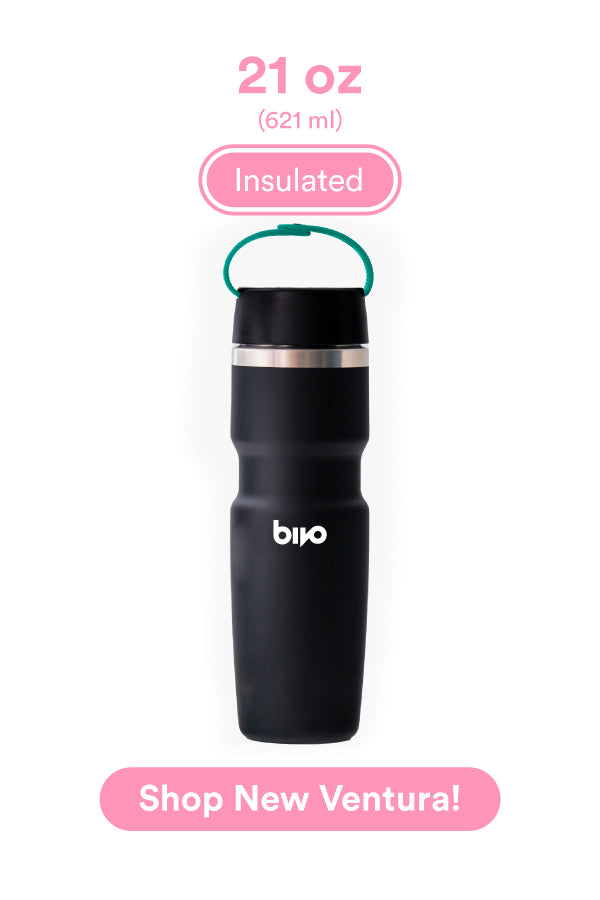
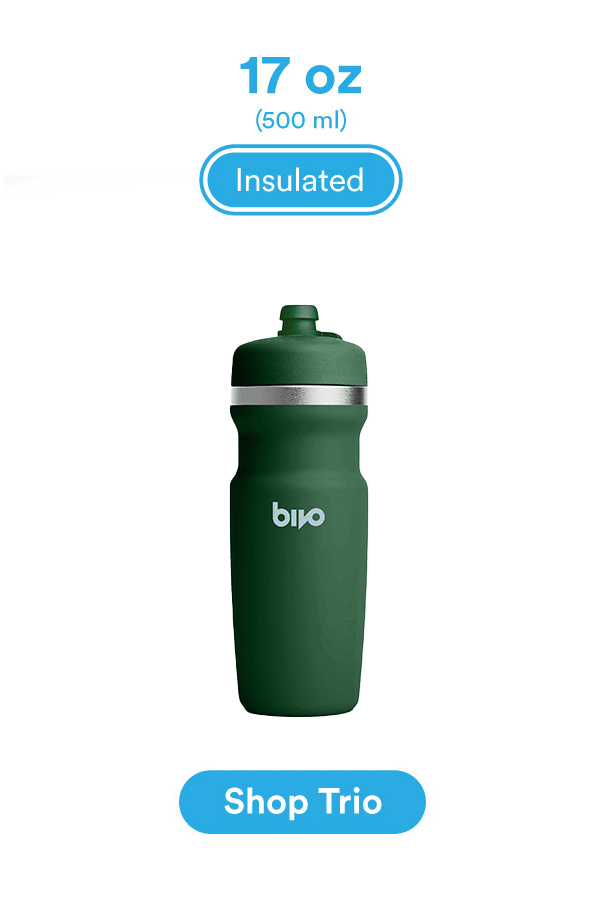
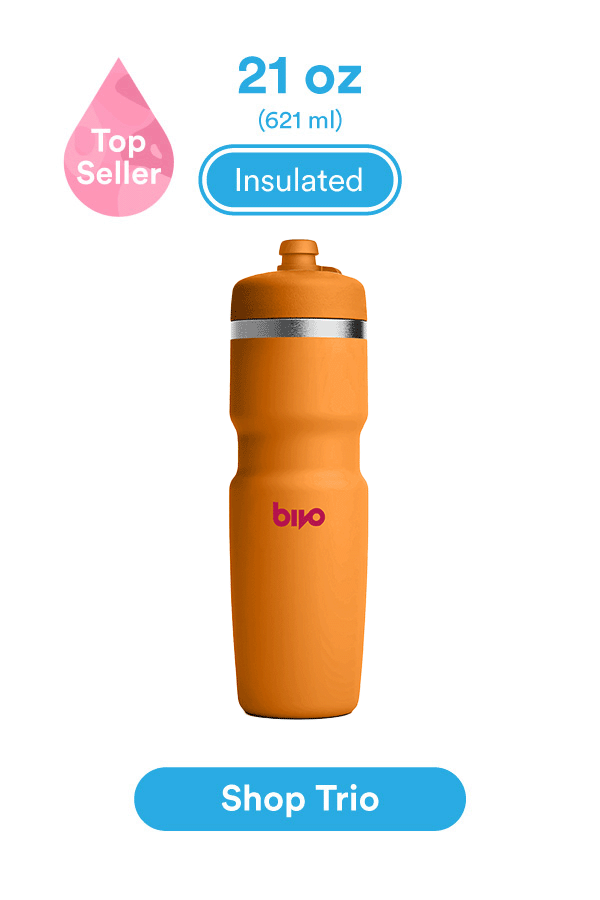
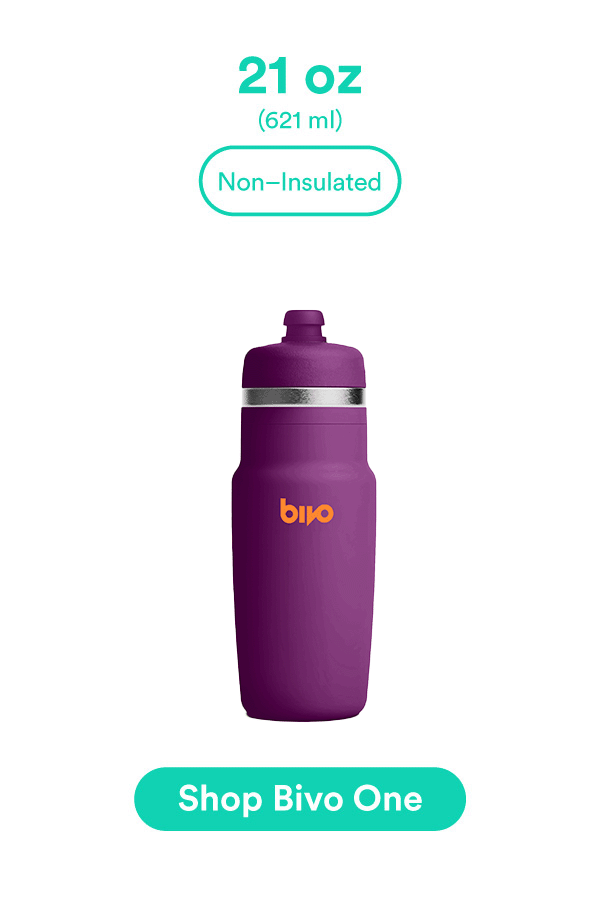
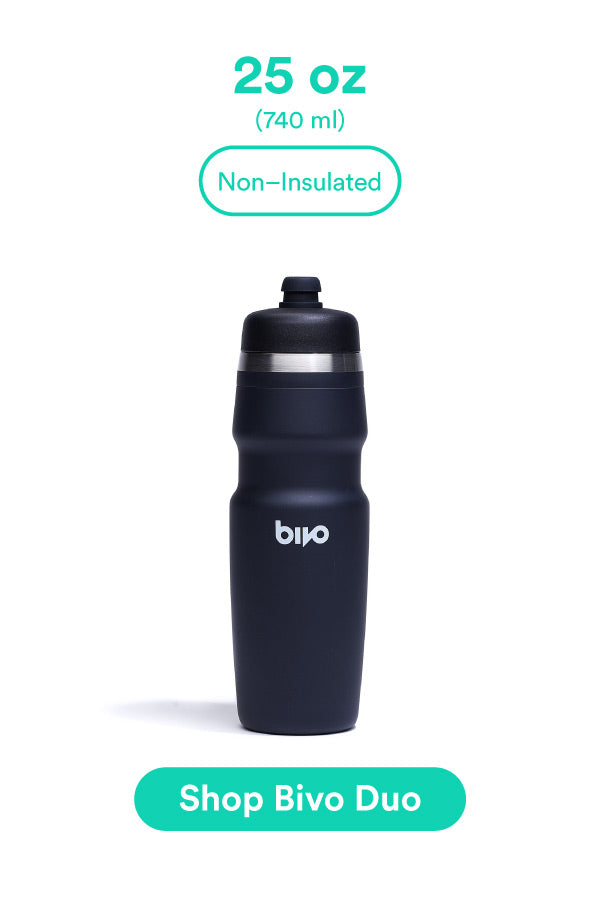





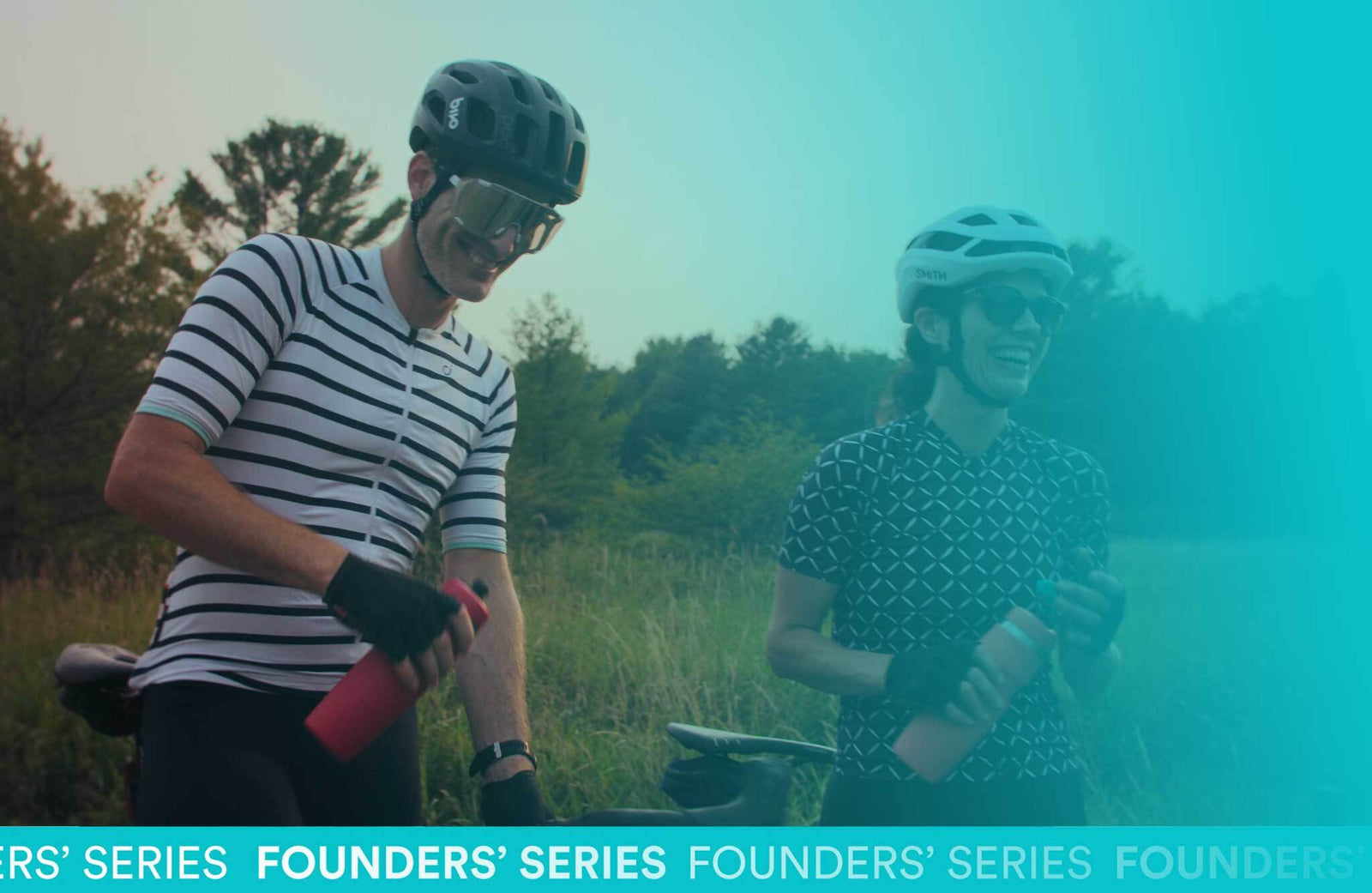
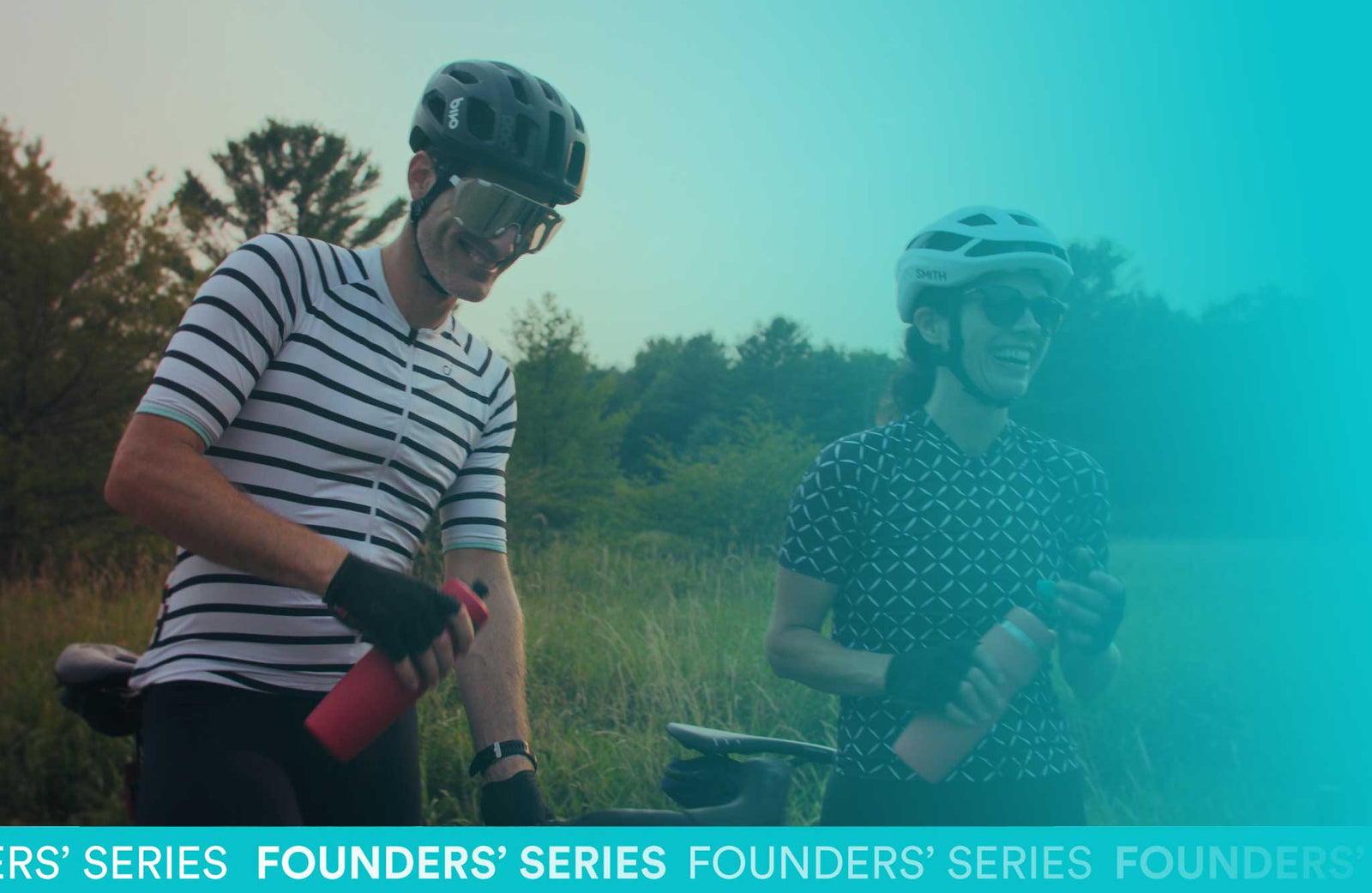

Keaton Smith
July 31, 2025
Thank you so much for the kind words, Tammy!